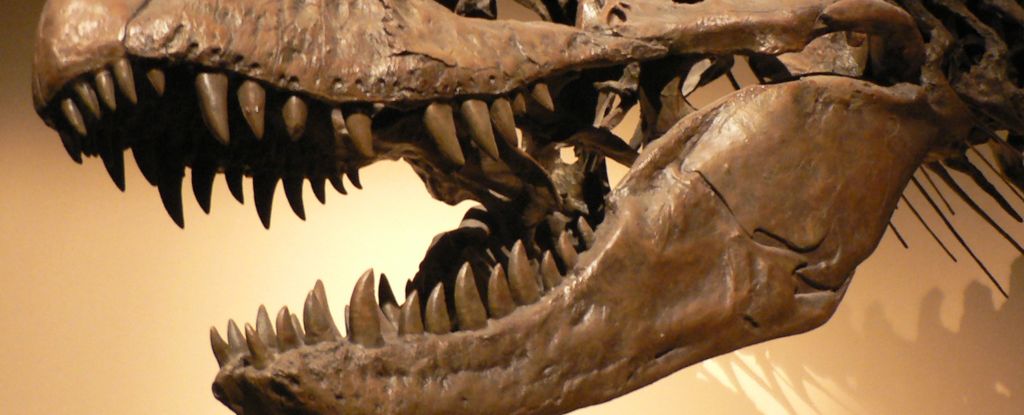
Analysis of 18 different carnivorous dinosaur species’ skulls has unveiled a fascinating diversity in feeding strategies among these prehistoric giants. While the Tyrannosaurus rex is known for its powerful, bone-crushing bite akin to that of modern crocodiles, other predators such as the Allosaurus employed a different approach, using their weaker jaws to slash or tear flesh, similar to the feeding style of Komodo dragons.
The study, focusing on theropods—a group of bipedal dinosaurs that includes some of the largest known to science—offers new insights into the ecological niches these creatures occupied. The research conducted by paleobiologists Andre Rowe and Emily Rayfield from the University of Bristol utilized 3D models of dinosaur skulls to simulate biting mechanics, revealing varied strategies for consuming prey.
Exploring Evolutionary Feeding Strategies
The findings indicate that predatory dinosaurs like tyrannosauroids, megalosauroids, and allosauroids independently evolved to reach massive sizes, developing distinct skull shapes and feeding mechanisms. This diversity suggests that there were numerous evolutionary paths to becoming a successful giant predator.
Rowe and Rayfield’s simulations examined how a dinosaur’s size influenced the stress exerted on its skull during a bite. Their results showed that tyrannosaurids like T. rex had skulls optimized for delivering high bite forces, albeit with increased skull stress. In contrast, other giants such as Giganotosaurus exhibited stress patterns indicative of a lighter bite, highlighting the varied evolutionary adaptations among these ancient predators.
“Tyrannosaurids like T. rex had skulls that were optimized for high bite forces at the cost of higher skull stress,” says Rowe. “But in some other giants, like Giganotosaurus, we calculated stress patterns suggesting a relatively lighter bite. It drove home how evolution can produce multiple ‘solutions’ to life as a large, carnivorous biped.”
Complex Relationships Between Size and Skull Stress
The relationship between a dinosaur’s overall size and the stress on its skull is not as straightforward as previously thought. Interestingly, some smaller theropods, such as Raptorex, possessed the muscular capability to deliver more powerful, high-stress bites compared to larger species like Acrocanthosaurus.
This biomechanical diversity implies that dinosaur ecosystems may have supported a broader range of giant carnivore ecologies than traditionally assumed, with less competition and more specialization among species.
“This biomechanical diversity suggests that dinosaur ecosystems supported a wider range of giant carnivore ecologies than we often assume, with less competition and more specialization,” Rowe says.
Implications for Understanding Dinosaur Ecology
The study, published in Current Biology, provides a deeper understanding of how these ancient creatures adapted to their environments and the evolutionary pressures that shaped their development. By examining the mechanical properties of dinosaur skulls, researchers can infer the ecological roles these predators played and how they coexisted with other species.
The research highlights the importance of considering biomechanical diversity when studying extinct ecosystems. It suggests that the specialization observed in these dinosaurs allowed them to exploit different ecological niches, reducing direct competition and fostering a diverse range of feeding strategies.
Moving forward, further studies could expand on these findings by exploring additional species and incorporating fossil evidence from other regions. Such research would continue to unravel the complex web of interactions that defined prehistoric ecosystems and offer more comprehensive insights into the lives of these fascinating giants.







